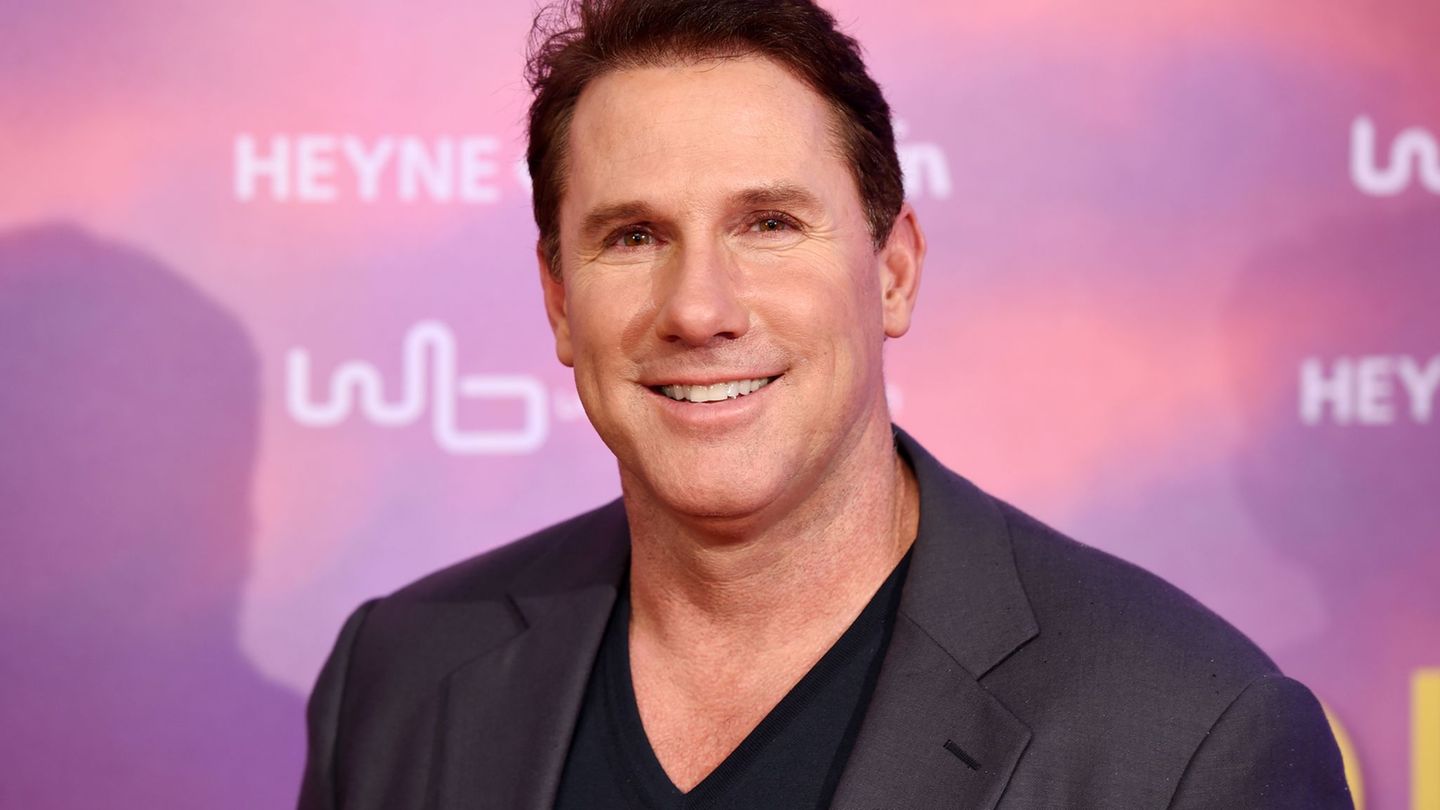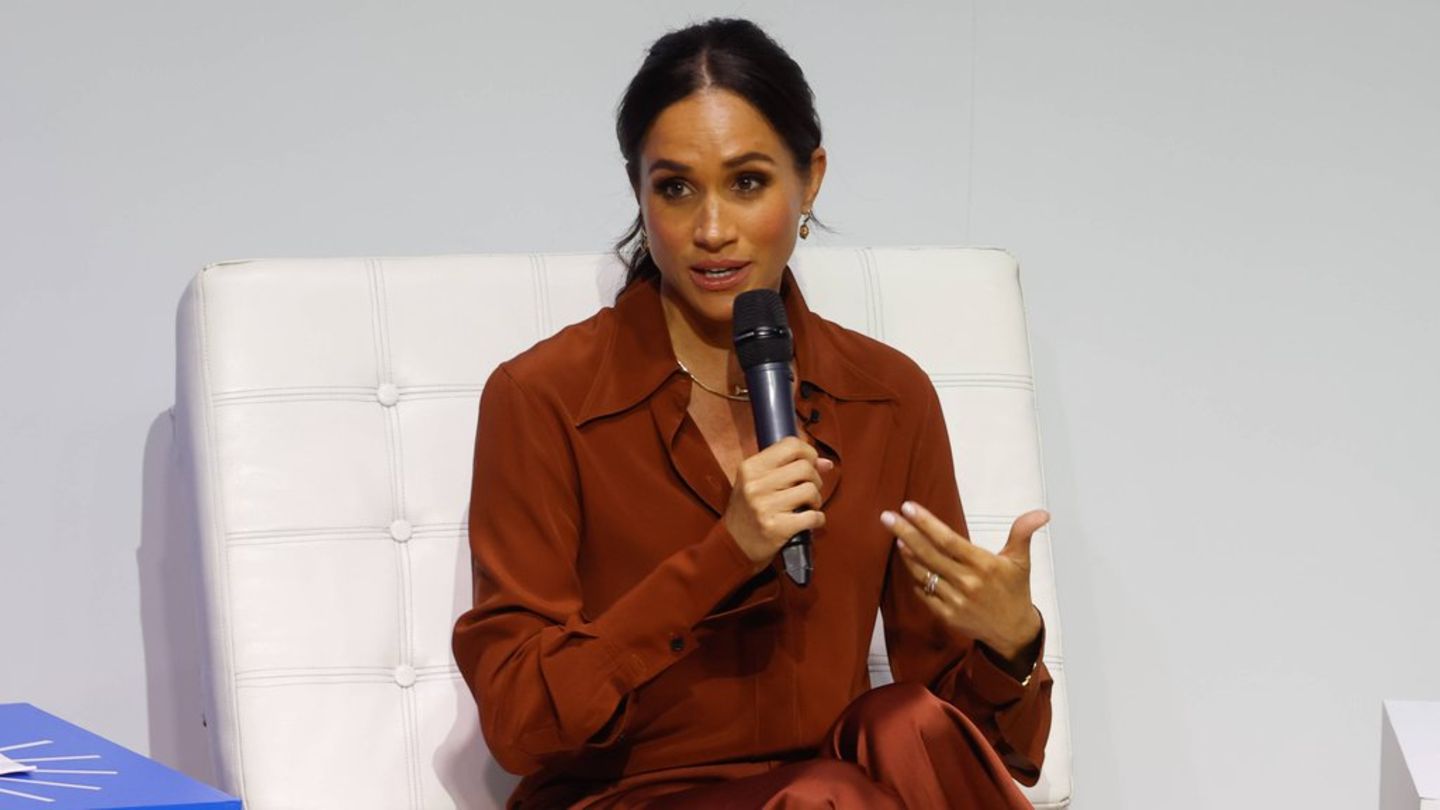In this context, there is a film that today is impossible to see without avoiding a gesture of astonishment due to the obsoleteness of its equipment and accessories: “The Conversation”, by Francis Ford Coppolathe quintessential classic of paranoia that, Exactly half a century after its premiere (it will be in April), it will be converted this year, as has just been announced, into a miniseries for streaming.
The world in which “The Conversation” was seen was not only that of the Cold War but also the one that had just experienced Watergate. and he believed he detected, in the film, a transparent allusion to the acts of espionage by the Republican Party that led to the resignation of President Richard Nixon (despite the fact that Coppola had written the script a decade earlier); but also, that world was analog, spies used open tapes, home-improved recorders and mixers, little boxes whose knobs looked like channel changers on the television, dial phones, limited range microphonesetc.
Who has not seen “The Conversation” in a long time (a film that, at the time, was surprising due to the technological audacity carried out by its protagonists), or who is seeing it for the first time now You may be more surprised by the aging of your devices than a viewer in 1974 watching, for example, “Spione,” Fritz Lang’s 1928 film. (and even fewer years passed between one date and another), since the feverish inventiveness of those silent film classics replaced the realism of a realistic technique whose instruments, as the passage from one century to the next, turned into the scenery of Los Flinstones.
Hollywood never stops feeding on itself and never stops making the same film for new audiences.: human nature, by fortune or misfortune, is always the same, and stories of love, hate, sacrifice or disloyalty can be told over and over again, as long as they are adapted to the customs and credible language for each era. But what happens when technology has changed to the point of making a new version of an old film unrealizable?
The task is for JC Chandor, who will be the writer and director of the next “The Conversation”, in which Coppola’s only intervention was to have sold the rights so that it can be freely adapted into a platform series. Let us remember that Chandor, among other titles, He was the director of “Margin Call”, the film with Kevin Spacey and Jeremy Irons called in our country “The Price of Greed” (2011), a work drama in which technology also played its part..
The original espionage
Within Coppola’s production, “The Conversation” preceded just a few months the premiere of the second part of “The Godfather” (December 1974), a sequel whose resounding success, like the effect that “Apocalypse Now” produced five years later, ended up overshadowing it. However, for gourmet viewers, the small drama of espionage and tension continues to constitute one of the filmmaker’s central titles.
What was “The Conversation” about? In a San Francisco without internet, without cell phones, without automatic data transmission and without drones, illegal eavesdropping expert Harry Caul (one of Gene Hackman’s best works for cinema) should record a couple’s conversation, midday on a weekday in Union Square. The place, logically, is crowded, full of office workers going out to lunch, and with street musicians whose instruments make the task of recording furtively more difficult.
Caul has a parked truck from whose interior, hidden, his partner operates; two tall “snipers” who do not carry weapons but microphones, and he himself, along with another spy, surreptitiously pursues the couple (he also takes photos of them, of course with a celluloid camera) and must avoid even one of those annoying, sticky street mimes, who begin to follow him during his journey.
The tape product is fragmented, sometimes inaudible, but in his laboratory of giant devices, with antediluvian mixers and track separators, he manages well enough to unify all the recordings into one; When he achieves it he reaches a conclusion: The couple is afraid that someone will kill them, and Caul realizes that someone is their client (Robert Duvall), who will pay him $15,000 for the task (Duvall’s secretary, a supporting role, is Harrison Ford three years before “Star Wars”).
Here comes the moral dilemma, the one that will survive any type of technical scaffolding: Caul, who is also a man of Christian faith, does what no one in his profession should do: get personally involved, and fear for the fate of his spies. A similar burden weighs on his conscience for a dirty job he had done for the government, which ended with multiple murders.
Chandor, in “The conversation” of the 21st century will not only have to resolve the aforementioned gap between analogue and digital, but also some innocence of the original. that the current viewer, accustomed to consuming hundreds of police and espionage series, some of them truly well constructed in all their details, would not accept today.
For example: how is it possible that a man who, by soul and profession, distrusts everyone, accepts that a colleague from the competition, within the framework of a convention and market for articles for researchers, “gives” him a pen? What do you plant in the outer breast pocket of your suit? Today, as soon as it happens, we wait for it to be revealed that that pen was a microphone. The viewer of 1974 perhaps not. (Also, there are those who said: if someone shows a gun in a film, that gun will necessarily end up being used.)
In the same way: how is it possible that this same man brings several colleagues and “easy girls” to his laboratory after the convention, and between drinks they listen to parts of the tapes on which he works and that should be under seven seals? And finally, the worst: how is it possible that Caul takes one of those girls to his bed in the laboratory for the night? Isn’t he afraid for the fate of the tapes when, hungover from the night before, he gets up from her and she’s gone?
Told this way, for those who have not seen it, “The Conversation” gives the impression of being full of plot holes, and yet, miraculously, it survives them and, even seen today, resists despite this and despite the antiquity of its props as one of the most extraordinary films in Coppola’s work. Of course, a lot of it is due to Hackman’s composition, and to those infuriating details of his loneliness, his fears, his love of jazz, and his anthological final scene.
Although much is not known about the new version, at least it was anticipated that, in accordance with what the times prefer, there will not be a Harry Caul but a spy as the protagonist. Composition of such a character into a woman and not a man will pose an additional challenge for the adaptation. Along with Chandor, Erin Levy, known for her work on “Mad Men” and “Mindhunter”, will serve as showrunner. And, although Aubrey Plaza was mentioned as a candidate to play Hackman, the rumor was denied. Plaza co-stars with Adam Driver “Megalopolis”, Coppola’s long-delayed megaproject that still does not have a release date.
Source: Ambito
I am an author and journalist who has worked in the entertainment industry for over a decade. I currently work as a news editor at a major news website, and my focus is on covering the latest trends in entertainment. I also write occasional pieces for other outlets, and have authored two books about the entertainment industry.




